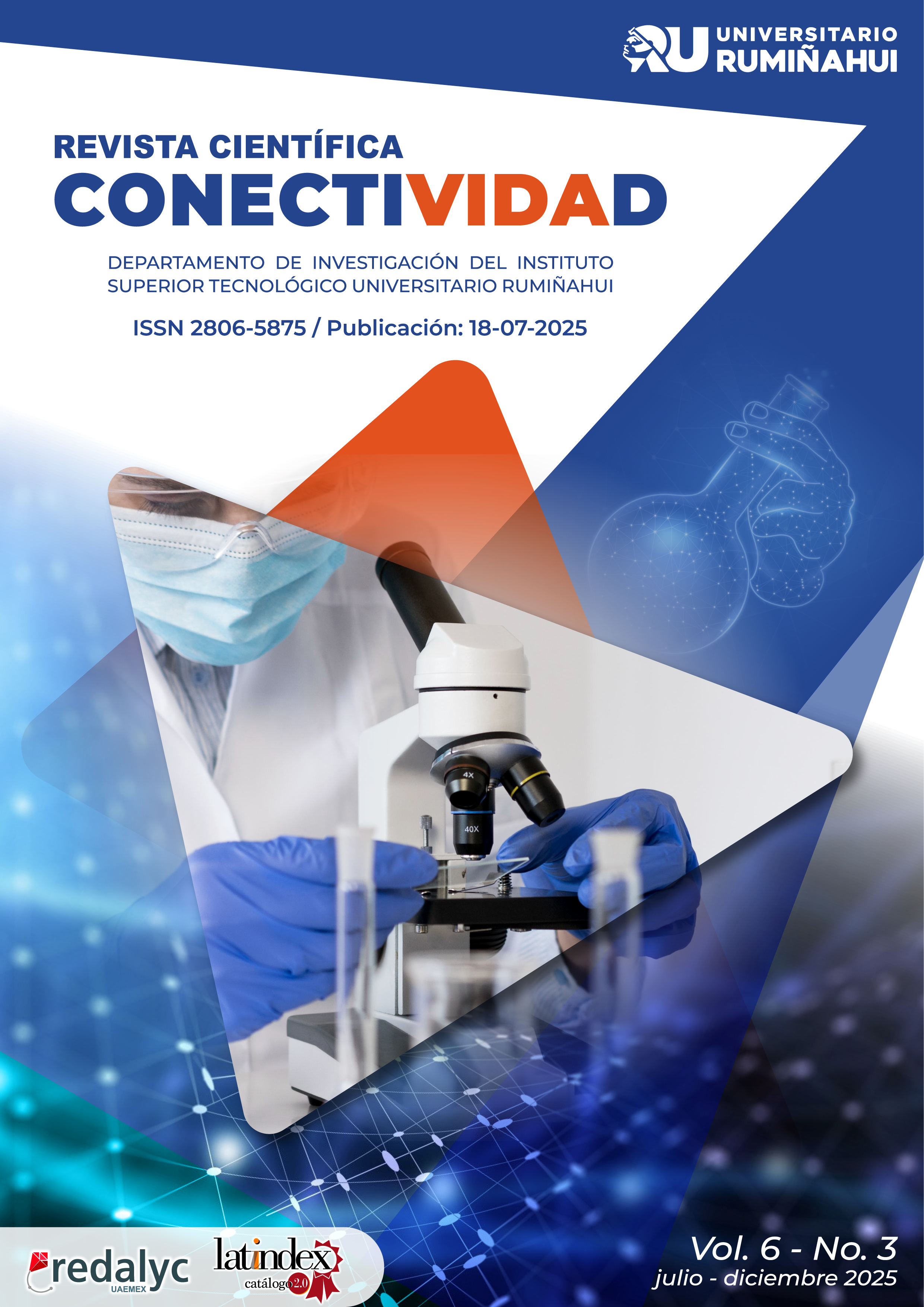Digital gamification as a motivational strategy in the learning of natural sciences in fourth grade students.
DOI:
https://doi.org/10.37431/conectividad.v6i3.252Keywords:
Gamification, educational technology, motivation, meaningful learning, didactic strategies.Abstract
Currently, traditional education is still in force in the classroom and this generates a violation of the educational progress of students; this is because teachers do not normally apply an appropriate methodology when teaching their classes. Therefore, it is necessary to use technological tools that allow didactic and playful learning, such as, for example, “Edpuzzle”, a pedagogical tool that could be used by teachers to generate significant and innovative learning. Previous studies demonstrate the feasibility of gamification within the teaching-learning process, which generates greater motivation, interest and better academic performance. Referring to the aforementioned, the present case study aims to implement digital gamification as a motivational strategy in the learning of Natural Sciences in 4th grade EGB students. Therefore, a descriptive methodology has been considered, together with a quantitative approach that facilitates the collection of data from the 3,500 students who took the “Ser Test” in the period 2023-2024 where the different results are reflected. In order to make the information feasible, a sample of a total of 509 students is considered to obtain accurate and concrete results. In such a way it is highlighted that, from the analyses presented the geographical settlement influences the difference of scores obtained in the test; due to this, it is concluded that it is necessary to use interesting gamified techniques to eradicate traditionalist education.
Published
How to Cite
Issue
Section
License
Copyright (c) 2025 CONECTIVIDAD

This work is licensed under a Creative Commons Attribution-NonCommercial 4.0 International License.
The originals published in this journal's printed and electronic editions are the property of the Instituto Superior Tecnológico Universitario Rumiñahui. Therefore, citing the source in any partial or total reproduction is necessary. All the contents of the electronic journal are distributed under a Creative Commons Attribution-Noncommercial 4.0 International (CC-BY-NC 4.0) license.



2.png)











